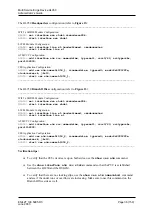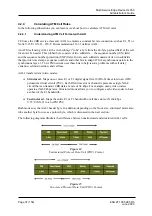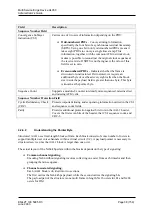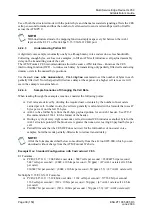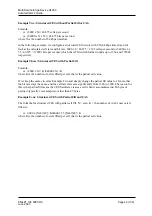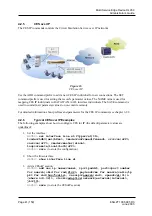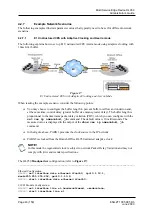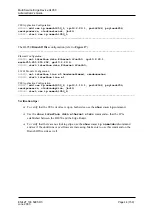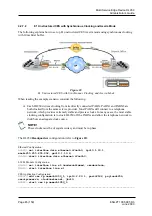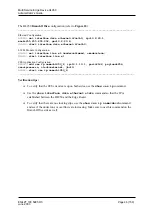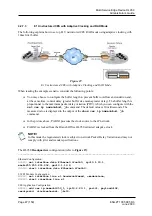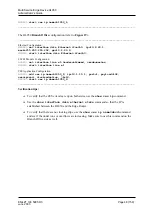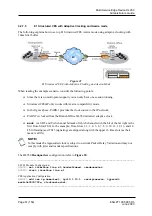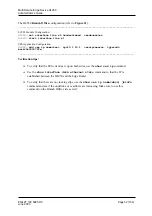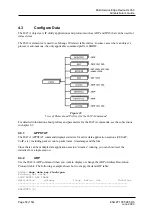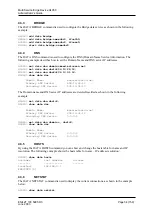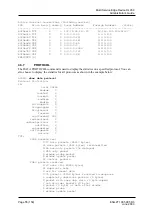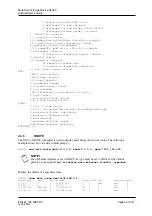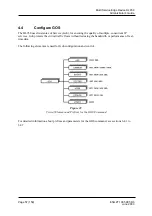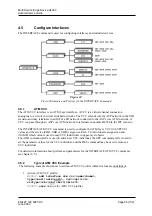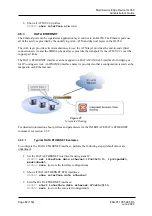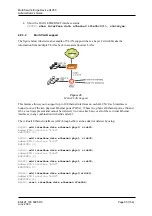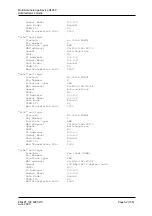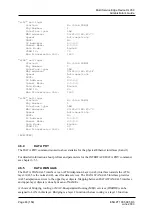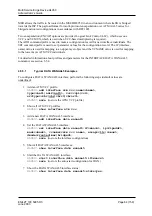
Multi Service Edge Device HL950
Administrator’s Guide
Page 49 (159)
EN/LZT 108 5995 R3
June
2003
4.2.7.4
E1 Unstructured CES with Synchronous Clocking and RAD mode
The following explains how to set up E1 Unstructured CES RAD mode using synchronous clocking
with 10ms Jitter buffer.
Figure 20
E1 Unstructured CES with Synchronous Clocking and RAD Mode
When reading the example scenario, consider the following:
!
Each HL950 derives clocking from its directly connected PABX. PABX1 and PABX2 are
both clocked from the same service provider. Most PABXs still connect to a telephone
network, which provides extremely stable and precise clocks. In many cases, the most stable
clocking configuration is to clock HL950 off the PABXs and allow the telephone network to
distribute an adequate clock source.
NOTE!
These clocks must be of equal accuracy and must be in phase.
The HL950
Headquarters
configuration (refer to
Figure 20
):
__________________________________________________________________________________
Ethernet Configuration:
HL950> set interface data ethernet:if=eth0, ip=10.1.10.1,
mask=255.255.255.252, gw=10.1.10.2;
HL950> start interface data ethernet:if=eth0;
LIF E1 Module Configuration:
HL950> set interface line x1:tmode=unframed, cmode=slave;
HL950> start interface line x1
CES Application Configuration:
HL950> add ces ip:name=hl950_1, ip=10.2.20.1, port=1, payload=192,
cesoip=rad, clock=external, jb=10;
HL950> start ces ip:name=hl950_1;
__________________________________________________________________________________


